Paper-based biosensor offers pain-free diabetes monitoring via sweat
Powered by WPeMatico
Powered by WPeMatico
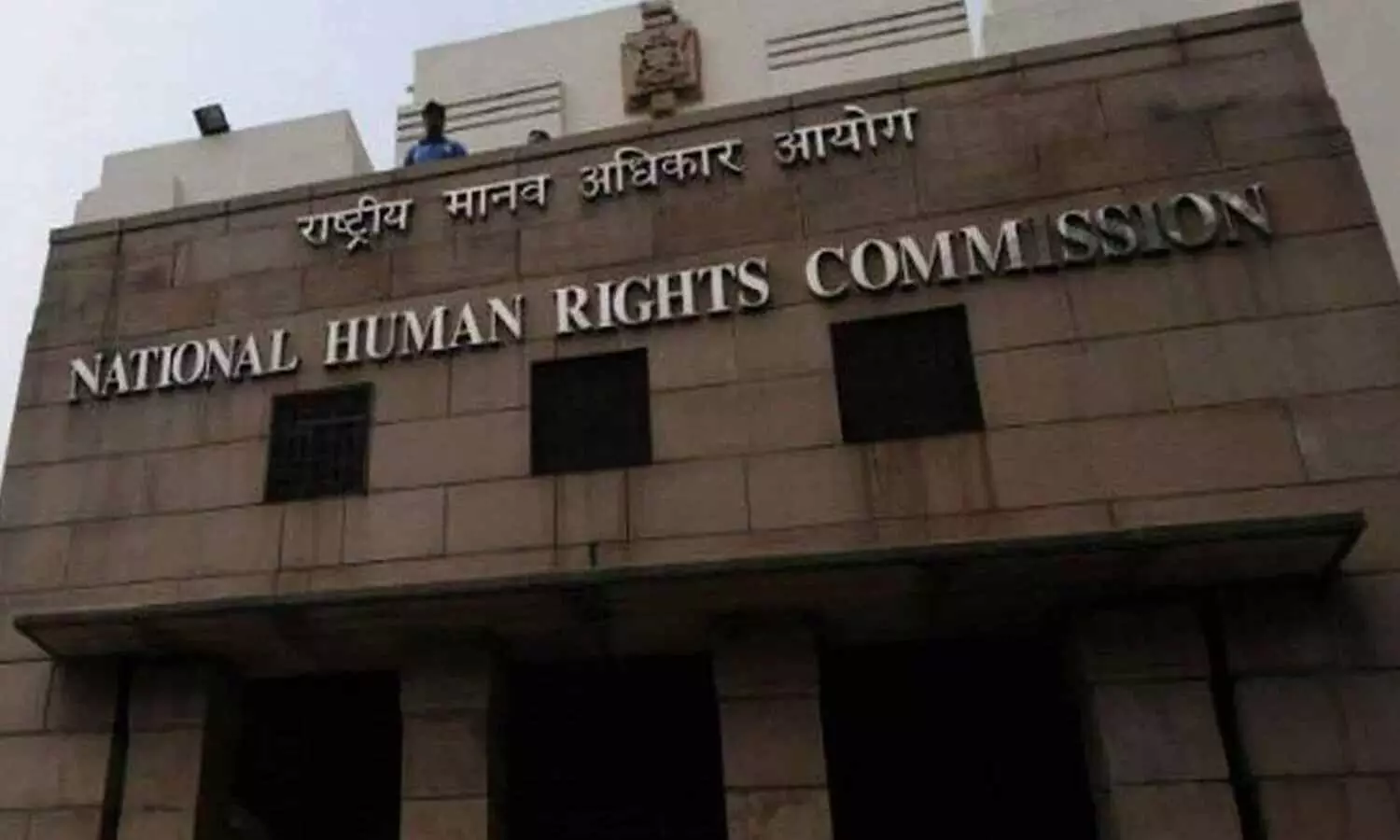
Jaipur: The National Human Rights Commission (NHRC), has issued notices to the Chief Secretary and the Director General of Police, Government of Rajasthan following reports that a 10-year-old child was transfused wrong blood type during treatment at the JK Lon Hospital of the Sawai Man Singh Medical College (SMS), Jaipur, Rajasthan.
He is reported to be in a critical condition with ventilator support. Allegedly, the boy was transfused two different blood types on 5th December, 2024 and 7th December, 2024.
The Commission has observed that the contents of the news report, if true, raise a serious issue of violation of the human rights of the boy. Any kind of negligence by doctors or medical professionals can cause irreversible loss to the patients. Reportedly, a 23-year-old patient lost his life at the SMS hospital, Jaipur only a few months back.
Also Read:10-year-old critical after wrong blood transfusion at Jaipur Hospital, investigation underway
Two reported cases of negligence in blood transfusion at the same govt run medical facilities are indeed shocking and are a matter of concern for the Commission as these amount to the violation of the right to health and life of the patients. The matter requires a thorough probe to identify the persons responsible for such negligence and to ensure such incidents do not recur.
Accordingly, the Commission has issued notices to the Chief Secretary and the Director General of Police, Government of Rajasthan calling for a detailed report within two weeks. It is expected to include the status of health of the victim child, FIR, action taken against the responsible persons and compensation, if any, provided to the aggrieved by the authorities.
Medical Dialogues had earlier reported that a 10-year-old boy suffering from chronic kidney disease (CKD) was reportedly given the wrong blood type at JK Lone Hospital in Jaipur. In response, the hospital administration has formed a four-member committee to investigate the incident.
Powered by WPeMatico
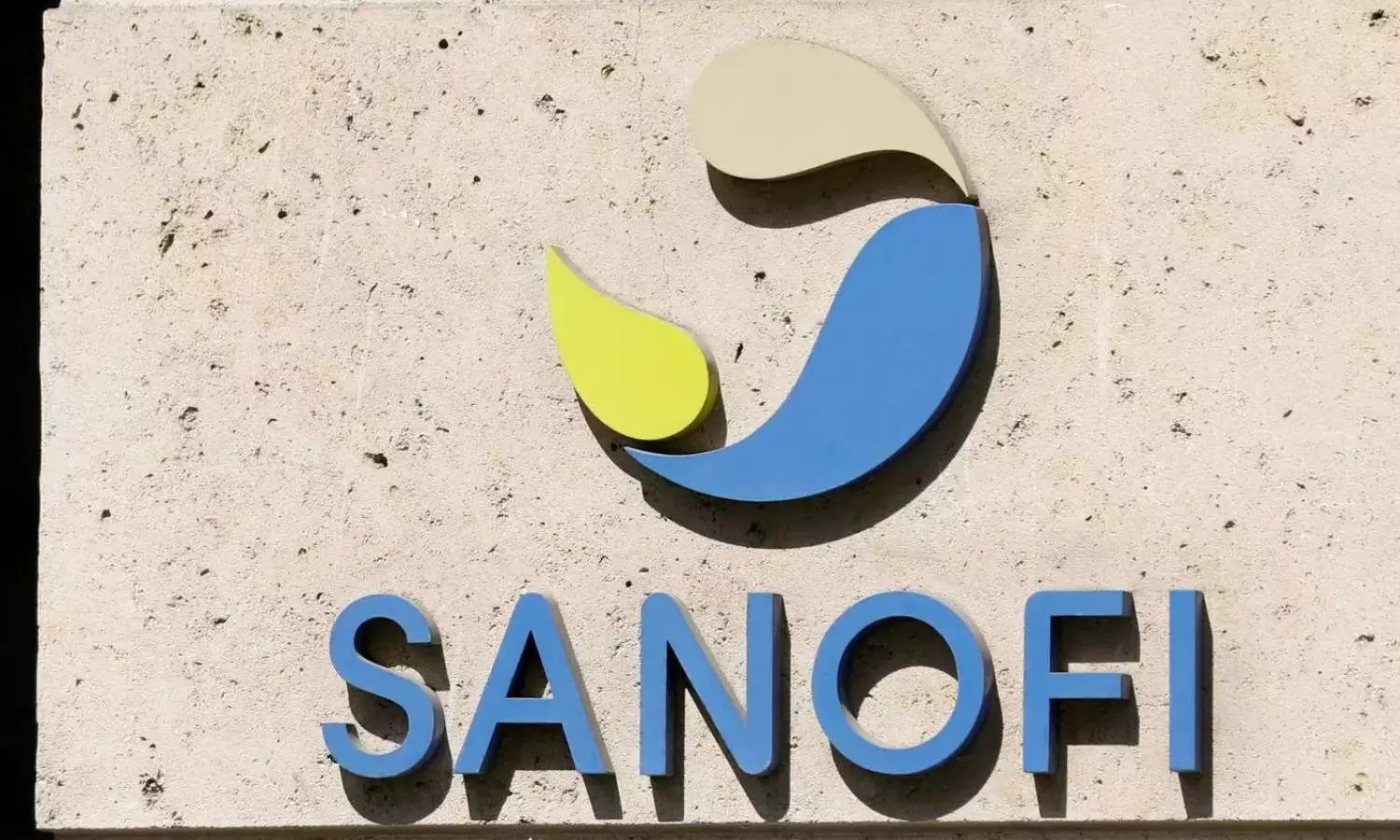
Paris: Sanofi has announced that the US Food and Drug Administration (FDA) has granted Breakthrough Therapy designation to Tolebrutinib for the treatment of adults with non-relapsing secondary progressive multiple sclerosis (nrSPMS).
This is based on positive results from the HERCULES phase 3 study, demonstrating that tolebrutinib delayed the time to onset of 6-month confirmed disability progression (CDP), by 31% compared to placebo (HR 0.69; 95% CI 0.55-0.88; p=0.0026), with further analysis of secondary endpoints demonstrating that the number of participants who experienced confirmed disability improvement was nearly double with tolebrutinib (10%) compared to those on placebo (5%) (HR 1.88; 95% CI 1.10 to 3.21; nominal p=0.021).
FDA Breakthrough Therapy designation is designed to expedite the development and review of medicines in the US that target serious or life-threatening conditions. Medicines qualifying for this designation must show preliminary clinical evidence that the drug may demonstrate substantial improvement on clinically significant endpoints over available medicines.
Erik Wallström, MD, PhD, Global Head of Neurology Development, Sanofi said, “This Breakthrough Therapy designation demonstrates the potential for tolebrutinib to delay disability progression, a critical unmet need for people living with multiple sclerosis. We look forward to working with the FDA during the regulatory review of this first of its kind medicine in non-relapsing secondary progressive multiple sclerosis where there are currently no approved treatments available.”
Liver enzyme elevations (>3xULN) were observed in 4.1% of participants receiving tolebrutinib compared with 1.6% in the placebo group. A small (0.5%) proportion of participants in the tolebrutinib group experienced peak ALT increases of >20xULN, all occurring within the first 90 days of treatment. All but one case of liver enzyme elevations resolved without further medical intervention. The implementation of more frequent monitoring has helped mitigate serious liver sequelae.
Multiple sclerosis is a chronic, immune-mediated, neurodegenerative disease that may result in accumulation of irreversible disabilities over time. The physical and cognitive disability impairments translate into gradual deterioration of health status, impacting patients’ care and quality of life. Disability accumulation remains the significant unmet medical need in MS. To date, the primary target of current medicines has been peripheral B and T cells, while innate immunity, which is believed to drive disability accumulation, remains largely unaddressed by current medicines. Currently approved, or late-stage medicines being tested for MS mainly target the adaptive immune system and/or do not act directly within the central nervous system to drive clinical benefit.
nrSPMS refers to people with MS who have stopped experiencing relapses but continue to accumulate disability, experienced as symptoms such as fatigue, cognitive impairment, balance and gait impairment, loss of bowel and/or bladder function, sexual disfunction, amongst others.
Regulatory submissions of tolebrutinib are currently being finalized for the US and prepared for the EU. As with other medicines, Sanofi plans to confirm once a regulatory submission for tolebrutinib has been accepted. The PERSEUS phase 3 study in primary progressive MS is currently ongoing with study results anticipated in H2 2025.
Tolebrutinib is an investigational, oral, brain-penetrant, and bioactive Bruton’s tyrosine kinase (BTK) inhibitor that achieves cerebrospinal fluid concentrations predicted to modulate B lymphocytes and disease-associated microglia. Tolebrutinib is being evaluated in phase 3 clinical studies for the treatment of various forms of multiple sclerosis and its safety and efficacy have not been evaluated by any regulatory authority worldwide.
Read also: Gilead Sciences ropes in Sanofi official Dietmar Berger as new Chief Medical Officer
Powered by WPeMatico

Jodhpur: Strongly criticising the state government for its prolonged delays in completing the trauma centre at All India Institute of Medical Sciences (AIIMS) Jodhpur, the Rajasthan High Court has issued an ultimatum to the state by giving it one final chance to submit an affidavit explaining the delays.
Granting one last opportunity to the state in the interest of justice, the court hinted at imposing a hefty penalty of Rs 50 crore and initiating action for criminal negligence against the officials if appropriate measures are not taken.
The warning was issued after the state government failed to complete the construction of “critical infrastructure projects” particularly the trauma centre. Medical Dialogues team had reported in 2023 that PM Modi inaugurated crucial health projects to strengthen the region’s health infrastructure.
A notable project includes the 350-bed ‘Trauma Centre and Critical Care Hospital Block’ at the All India Institute of Medical Sciences, Jodhpur. Developed at an expense of over Rs 350 crore, this integrated centre for Trauma, Emergency, and Critical Care will offer comprehensive facilities ranging from diagnostics, daycare, private rooms, ICUs, and modular operating theatres, to dialysis areas.
However, the project remains unfinished allegedly grabbing the right of the people in the state to get access to basic medical and diagnostic facilities. They are unable to access essential medical facilities due to the ongoing delays in completing the infrastructure.
“But even though this Court is of the firm opinion that the present case is that of criminal negligence and requiring imposition of a cost of Rs. 50 crores upon the State, as indicated above, but in the interest of justice, before issuing any direction in this regard, one last opportunity is given to the learned AAG to file an affidavit before the next date, which will enable the Court to conclude its directions regarding the cost and actions for complete failure in public duty,” stated by the division bench of Justice Pushpendra Singh Bhati and Justice Munnuri Laxman.
As per The Law Advice news report, the court was hearing a plea regarding infrastructural issues at AIIMS Jodhpur while delivering the statement. The bench emphasized that the ‘Right to Health’ is an integral part of the Right to Life and Liberty under Article 21 of the Constitution of India. It asserted that the right to health is a fundamental human right inherent to one’s existence as a human being.
Furthermore, the court highlighted that “As a welfare state, and in alignment with the Preamble of the Constitution and the Directive Principles of State Policy (DPSPs), the State has an obligation to establish an effective mechanism for the overall public welfare.”
According to the court, AIIMS did not provide adequate healthcare services due to a lack of adequate infrastructure. “The apathetic attitude of the concerned governments in addressing the obstacles hindering the effective operation of the institution. Extremely concerning to note that the people are being deprived of access to basic medical and diagnostic facilities and are made to wait in queues with a waiting period of over 1-2 months, which is violative of their fundamental right to live with dignity.”
Disappointed with the state government’s lack of interest in the completion of the project, the bench expressed empathy for the residents of the western region who are unable to access essential medical facilities due to the ongoing delays in completing critical infrastructure projects at AIIMS Jodhpur, particularly the trauma centre.
Further, the court expressed its shock at the state’s failure to address the relocation of high-tension electrical lines, which has stalled the construction of the trauma centre for over 16 years. It stated that this critical facility, spanning 54,358 square meters, remains incomplete despite its potential to save hundreds of lives annually.
Scheduling the next hearing on February 6, 2025, the court said, “The learned Additional Advocate General shall obtain necessary instructions from the competent authority of the State of Rajasthan regarding the circumstances that have halted the trauma centre’s construction for 16 years, directly impacting the potential life-saving capabilities for a large number of citizens, and ensure that the high-tension lines are removed in a time-bound manner to facilitate the completion and immediate operationalization of the trauma centre.”
Also read- Increase Posts, Hold Recruitment after NEET PG Counselling: Rajasthan Doctors Urge Govt
Powered by WPeMatico
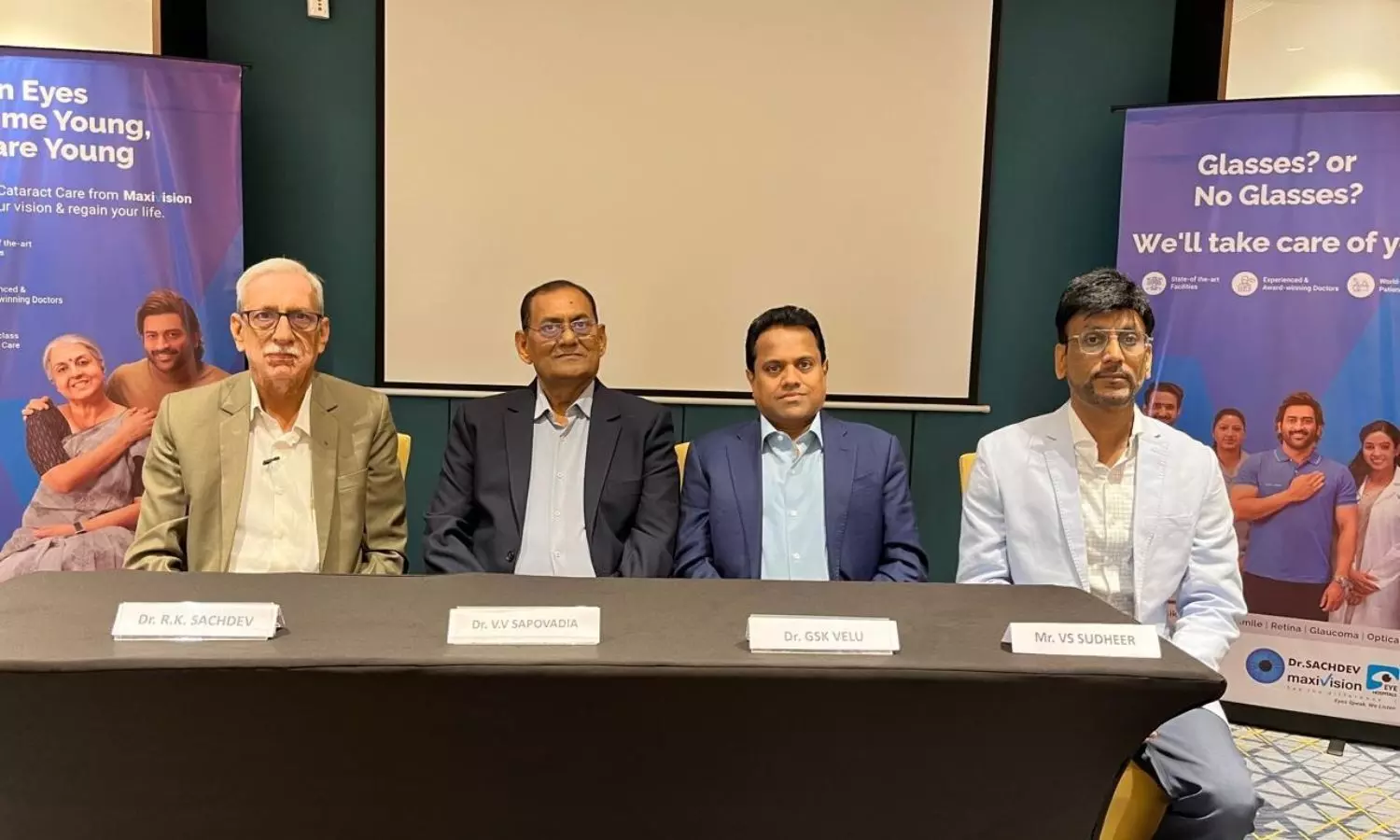
Chennai: Maxivision Super Specialty Eye Hospitals, a leading eye care provider, is set to significantly expand its presence in Gujarat with an investment of Rs 200 crore. The company, which entered Gujarat in 2023, currently operates six hospitals in the state.
With the expansion plan, the city-headquartered eye care provider would set up 25 hospitals in Gujarat that would generate over 300 new jobs in the region.
According to the PTI report, a state-of-the-art super speciality centre has also been planned to be established in Ahmedabad under the expansion plan, Maxivision Super Specialty Eye Hospital said in a statement here on Saturday.
Maxivision Super Speciality Eye Hospital has also partnered with V V Sapovadia to set up new eye care facilities in Bhuj, Suredranagar, Porbandar, Upleta, Bhavnagar and Junagadh.
Also Read:Mahendra Singh Dhoni join hands with Maxivision for Preventable Blindness Awareness
“We have immense confidence in Gujarat, as demonstrated by the success of my other ventures like Neuberg Diagnostics. Our vision is to establish a network of 25 hospitals across Gujarat within three years, leveraging a successful partnership model and a mix of Greenfield projects in key cities like Ahmedabad,” Maxivision Super Speciality Eye Hospital, Chairman GSK Velu said, news agency PTI reported.
The eye care provider in 2024 partnered with an ophthalmologist R K Sachdev to establish two hospitals in Surat. The group also has plans to partner with prominent practitioners in Vadodara, Himmatnagar and Mehsana under the expansion, the company said.
Medical Dialogues had earlier reported that Eye care major Maxivision Super Speciality Eye Hospitals Pvt Ltd said it would invest Rs 400 crore to set up 100 eye care centers in Tamil Nadu. Under the proposed investment plan, Maxivision Super Speciality on Tuesday signed a memorandum of understanding with the Tamil Nadu Government in the presence of Chief Minister M K Stalin at the Secretariat.
Also Read:Maxivision Eye Hospitals to set up 100 centres at cost of Rs 400 crore in Tamil Nadu
Powered by WPeMatico

Jalandhar: The Ministry of Health and Family Welfare has clarified that there are currently no plans to establish a new All India Institute of Medical Sciences (AIIMS) in Jalandhar, Punjab.
Under the Pradhan Mantri Swasthya Suraksha Yojana (PMSSY), the government has already approved the establishment of 22 AIIMS across India, with one in Bathinda, Punjab, which is functional.
Furthermore, the government has been strengthening healthcare infrastructure in the state by upgrading existing medical colleges. Two major institutions, the Government Medical College in Amritsar and the Government Medical College in Patiala, have received substantial upgrades with the construction of Super Specialty Blocks (SSBs) under a Centre-State cost-sharing basis.
 Also Read: No central data on action against doctors for not prescribing generic medicines, informs MoS Health
Also Read: No central data on action against doctors for not prescribing generic medicines, informs MoS Health
The minister was responding to the questions raised by Shri Charanjit Singh Channi about whether the Government is considering a proposal to establish a new All India Institute of Medical Sciences (AIIMS) in Jalandhar, Punjab given the growing healthcare needs and rising cases of non-communicable diseases in the State; if so, the details thereof along with the timeline fixed for the completion of the proposed AIIMS, including the location and estimated budget; and
He also asked, if not, the reasons for not prioritizing a new AIIMS in the State of Punjab despite the critical need for advanced healthcare facilities in the region.
Also Read: Rs 7528.93 lakhs allocated for Telemedicine Network, says MoS Health
Union Health Minister Shri Jagat Prakash Nadda informed that under Pradhan Mantri Swasthya Suraksha Yojana (PMSSY), the setting up of 22 All India Institutes of Medical Sciences (AIIMS) has been approved including AIIMS at Bathinda in Punjab, which is functional. Further, for strengthening and upgrading tertiary healthcare facilities in Punjab, under another component of PMSSY, the upgradation of the following Government Medical Colleges has been completed by way of the construction of Super Specialty Blocks (SSBs) on Centre-State cost-sharing basis: (i) Government Medical College, Amritsar and (ii) Government Medical College, Patiala. In the current phase of PMSSY, there is no proposal to establish a new AIIMS in Jalandhar, Punjab.
Powered by WPeMatico

Taiwan: A recent study has found that administering pioglitazone with insulin to patients with type 2 diabetes mellitus (T2DM) inadequately controlled on metformin may increase the risk of ischemic heart disease (IHD). The findings, published in the Journal of Diabetes and its Complications, suggest that other second-line anti-diabetes medications might be more appropriate for these patients.
Type 2 diabetes mellitus, a leading global chronic illness, is linked to insulin resistance and pancreatic cell failure. Cardiovascular disease is the primary cause of death in T2DM patients, with IHD being the most common cause. Metformin failure may prompt the addition or replacement of other anti-diabetic drugs. The ADA/EASD recommends SGLT2 inhibitors, GLP-1 receptor agonists, and DPP-4 inhibitors over pioglitazone, given concerns about cardiovascular risks.
Studies on the cardiovascular safety of pioglitazone have shown inconsistent results, and the risk of ischemic heart disease linked to various anti-diabetic drugs added to metformin in uncontrolled type 2 diabetes remains unexplored. Therefore, Hsin-An Lin, Department of Health Promotion and Health Education, National Taiwan Normal University, Taipei, Taiwan, and colleagues aimed to assess the IHD risk associated with the addition of pioglitazone and/or insulin in patients with metformin-uncontrolled T2DM.
For this purpose, the researchers extracted data from the National Health Insurance Research Database of Taiwan. The study included a total of 19,952 patients with T2DM who were uncontrolled on metformin and received either pioglitazone and/or insulin as an additional treatment.
The study led to the following findings:
The authors concluded that adding pioglitazone to the treatment regimen of T2DM patients uncontrolled on metformin showed a significant difference in the risk of IHD. Compared to the use of insulin or pioglitazone alone, combining pioglitazone with insulin was associated with an increased risk of IHD.
“The findings suggest that, in clinical practice, managing the choice of alternative second-line anti-diabetic medications may help reduce the likelihood of developing IHD in T2DM patients who are uncontrolled on metformin,” the researchers wrote.
Reference:
Tsai, M., Chien, W., Lin, H., Chung, C., Chen, L., Huang, K., & Lin, H. (2024). Pioglitazone increases risk of ischemic heart disease in patients with type 2 diabetes receiving insulin. Journal of Diabetes and its Complications, 38(12), 108898. https://doi.org/10.1016/j.jdiacomp.2024.108898
Powered by WPeMatico

A recent groundbreaking study
found that in patients having Heart failure with mildly reduced ejection
fraction (HFmrEF) hyperkalemia was an independent risk factor for all-cause mortality
at 30 days as per results that were published in the International Journal of
Cardiology.
There is a global increasing
prevalence of heart failure, and it is associated with increased mortality and rehospitalization.
Dyskalemia disrupts potassium homeostasis by increasing arrhythmia and an
increased mortality rate. Even though dyskalemia leads to a common complication
in patients with heart failure (HF) and reduced left ventricular ejection
fraction (LVEF), data concerning the prevalence and prognostic impact of
dyskalemias in HFmrEF is limited. Hence, researchers conducted a study to investigate
the prognostic impact of dyskalemia in patients hospitalized with HFmrEF.
A retrospective study was carried
out from a single-center all-comers registry by including consecutive patients
with HFmrEF from 2016 to 2022. By comparing patients with potassium
levels > 3.3 to ≤4.5 mmol/L, ≤3.3 mmol/L,
and > 4.5 mmol/L, the prognostic impact of potassium levels
was assessed. The primary endpoint was all-cause mortality at 30 days.
Findings:
Thus, the researchers concluded
that Hyperkalemia doubled the 30-day all-cause mortality risk, while
hypokalemia showed no increased risk. Even though both hypo and hyperkalemia
were present with HFmrEF, hyperkalemia was more associated with an increased
risk of all-cause mortality at 30 days.
The study underscores the
importance of monitoring and managing hyperkalemia in hospitalized patients
with HFmrEF. As hyperkalemia is an independent risk factor for heart failure,
interventions should be carried out to improve outcomes in heart failure
patients.
Further reading: Marielen Reinhardt
et al. Potassium levels and short-term outcomes in heart failure with mildly
reduced ejection fraction. Doi: 10.1016/j.ijcard.2024.132878.
Powered by WPeMatico
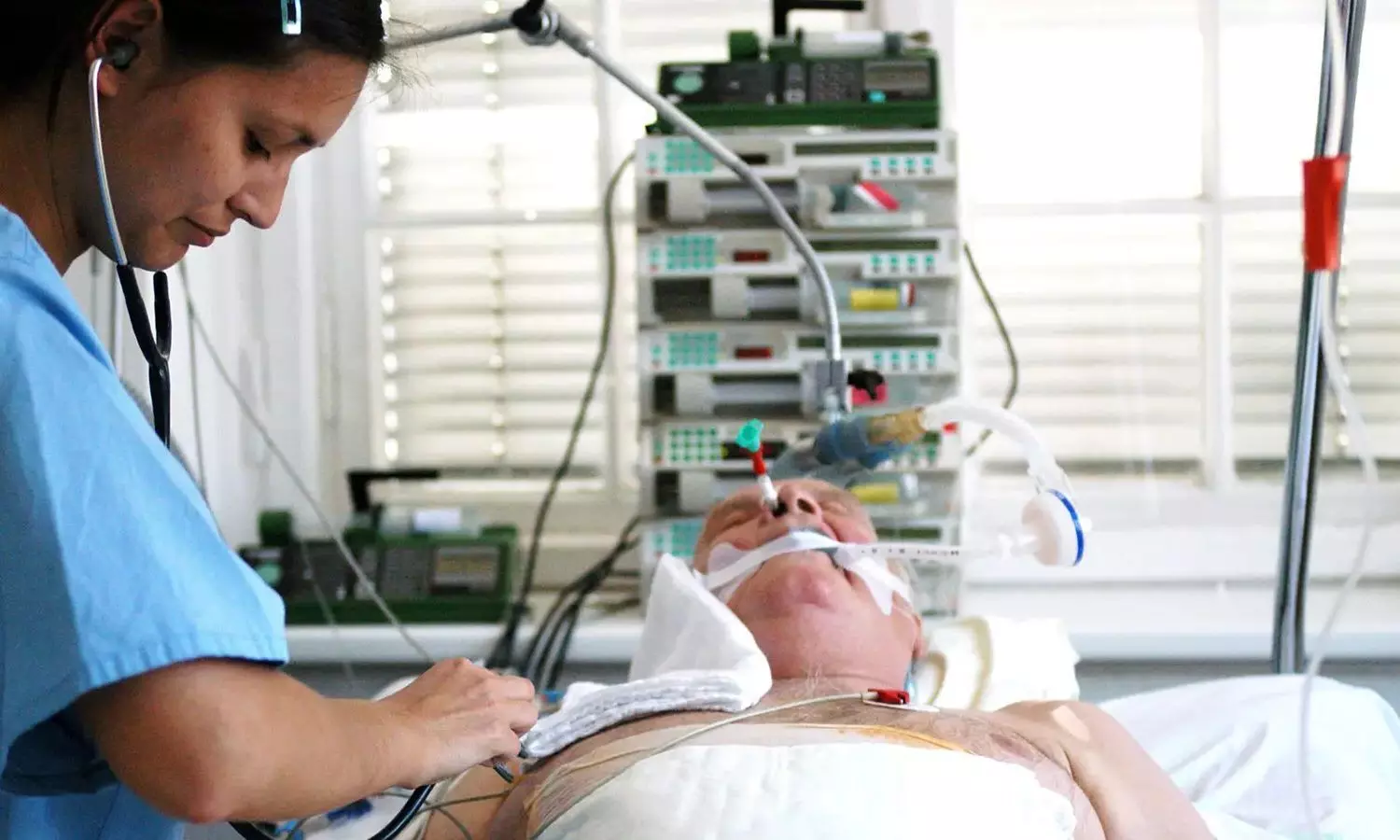
USA: A recent study has explored the link between coma duration following cardiac arrest and its impact on patients’ recovery outcomes and long-term survival. The findings, published in Resuscitation Journal, revealed that a shorter duration of coma was linked to improved functional outcomes at discharge. However, it showed no significant impact on long-term survival.
“Shorter coma duration following cardiac arrest was linked to improved functional recovery at discharge, with a greater proportion of patients attaining a modified Rankin Scale (mRS) score of ≤3. However, coma duration did not affect long-term survival. Even after adjusting for variables such as age, arrest location, and comorbidities, no association was found between coma duration and long-term mortality (HR 1.00), suggesting it does not confer a survival advantage,” the researchers reported.
Regaining consciousness is a critical milestone for cardiac arrest survivors, although the duration of coma can vary significantly. For this purpose, Jonathan Tam, Iroquois Building, Pittsburgh, PA, USA, and colleagues investigated the relationship between coma duration, short-term functional recovery, and long-term survival following cardiac arrest.
For this purpose, the researchers conducted a retrospective cohort study focusing on post-cardiac arrest patients who were comatose upon presentation but regained consciousness during hospitalization. They collected data on demographics, arrest characteristics, time from arrest to awakening, and the modified Rankin Scale (mRS) at discharge. Functional outcomes at discharge were compared between patients with shorter and longer coma durations, using median, 3-day, and 6-day cutoffs for classification.
Long-term survival was also analyzed among those who survived to discharge, stratified by coma duration. To further evaluate the relationship between coma duration and survival, Cox regression models were applied, adjusting for patient and arrest-related variables.
The study led to the following findings:
“Our findings showed that shorter coma duration was linked to better functional outcomes at hospital discharge in patients resuscitated from cardiac arrest. However, favorable recoveries were observed across all coma durations, and no association was found between coma duration and long-term survival,” the researchers wrote.
“These results underscore the potential for recovery and long-term survival in cardiac arrest survivors, irrespective of coma duration,” they concluded.
Reference:
Tam J, Case N, Coppler P, Callaway C, Faiver L, Elmer J; University of Pittsburgh Post-Cardiac Arrest Service. Impact of coma duration on functional outcomes at discharge and long-term survival after cardiac arrest. Resuscitation. 2024 Nov 30:110444. doi: 10.1016/j.resuscitation.2024.110444. Epub ahead of print. PMID: 39622450.
Powered by WPeMatico
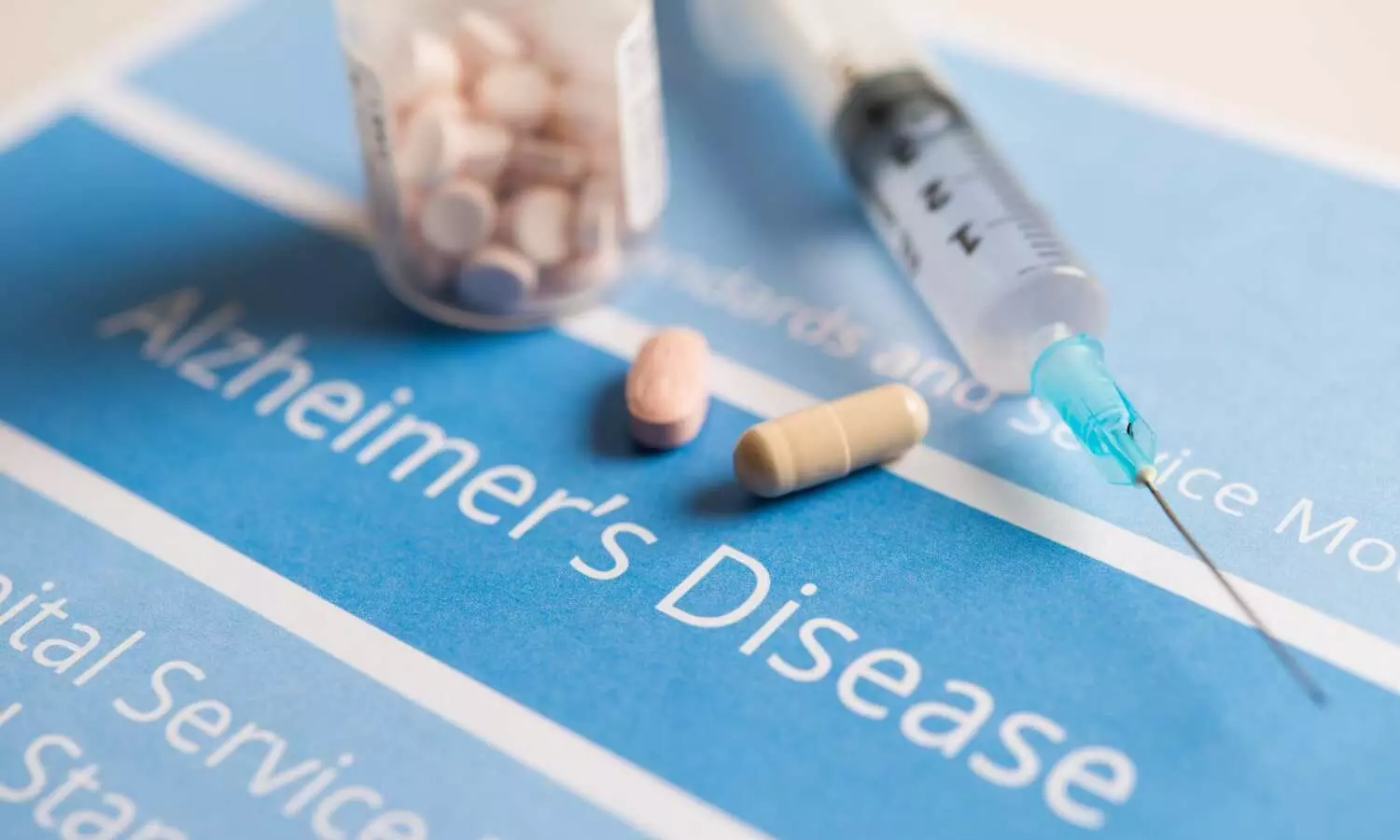
Taxi drivers and ambulance drivers, whose jobs require frequent spatial and navigational processing, have the lowest levels of death due to Alzheimer’s disease compared with other occupations, finds a study in the Christmas issue of The BMJ.
The findings are observational, so can’t confirm a direct link, but the researchers say they raise the possibility that memory intensive driving occupations, such as taxi and ambulance driving, might be associated with some protection against Alzheimer’s disease.
The hippocampus is a brain region used for spatial memory and navigation and has been shown to be enhanced in London taxi drivers compared with the general population.
It is also one of the brain regions involved in the development of Alzheimer’s disease, raising the possibility that occupations that demand frequent spatial processing may be associated with decreased Alzheimer’s disease mortality.
To investigate this, a team of US researchers analysed death certificates for adults from 443 different occupations between 1 January 2020 and 31 December 2022. Data included cause of death, usual occupation (in which the decedent spent most of their working life), and sociodemographic information (eg, age, sex, race, ethnic group, and educational attainment).
Of nearly 9 million people who had died with occupational information, 3.9% (348,328) had Alzheimer’s disease listed as a cause of death. Of 16,658 taxi drivers, 171 (1.03%) died from Alzheimer’s disease, while among ambulance drivers, the rate was 0.74% (10 of 1,348).
After adjusting for age at death and other sociodemographic factors, taxi and ambulance drivers had the lowest proportion of deaths from Alzheimer’s disease of all occupations examined (1.03% and 0.91% respectively) and compared with the general population (1.69%).
The researchers note that this trend was not seen in other transport-related jobs such as bus drivers or aircraft pilots (possibly due to their reliance on predetermined routes) or with other forms of dementia, suggesting that neurological changes in the hippocampus or elsewhere amongst taxi and ambulance drivers may account for the reduction in Alzheimer’s risk.
This is an observational study, so no firm conclusions can be drawn about cause and effect. And the authors acknowledge various limitations, including that individuals who are at higher risk of developing Alzheimer’s disease may be less likely to enter or remain in memory intensive driving occupations such as taxi and ambulance driving. However, they say this is unlikely given that Alzheimer’s disease symptoms typically develop after working age.
“We view these findings not as conclusive, but as hypothesis generating,” they say.
“Further research is necessary to definitively conclude whether the spatial cognitive work required for these occupations affect risk of death from Alzheimer’s disease and whether any cognitive activities can be potentially preventive.”
Reference:
Powered by WPeMatico
